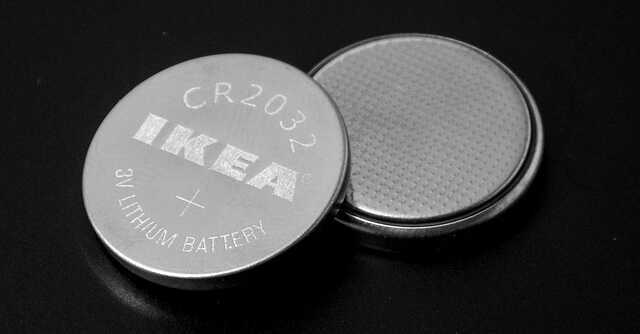
This battery is washable, stretchable and may cost the same as standard one


While consumer technology has progressed at a generally breakneck speed, battery innovation hasn’t quite kept up. By nature, batteries are rigid materials made by assembling components that could also be hazardous.
To solve all of this, a group of scientists at the University of British Columbia (UBC) has created a stretchable, washable battery -- which could also potentially cost the same as standard lithium ion ones that you find in your devices today.
Ngoc Tan Nguyen, a postdoctoral fellow at UBC’s applied science department, spearheaded the team that came up with this battery. To make it, the team initially used zinc and manganese dioxide as the core elements of the cell.

Once the elements were chosen, they were then grind into a polymer substrate. This substrate was then composed into several ultra-thin layers, and was also used to create the outer coating of the battery.
This design is significantly different from a conventional battery cell. In a typical, commercial battery cell found inside today’s consumer electronics, the external casing is rigid, and holds hard core elements inside. This means that a cell does not lose its overall form, no matter how small it is.
The researchers further said that the polymer used to wrap the battery as an outer casing also helped create an airtight, watertight environment for the core battery elements.

So far, the researchers said that the battery has been put through 39 wash cycles on home and commercial machines, but has withstood to keep its integrity.
The researchers also state that the zinc and manganese dioxide core configuration is safer than lithium ion configurations, which produce toxic discharges if they leak. This could make the batteries in question far safer to use -- in applications such as wearable products across varying form factors.
The researchers also note that the core elements are very cheap to source, which means that this experimental battery could be produced at a mass scale for the same rate as present batteries -- while enjoying its stretchable and washable advantages.

John Madden, director of Advanced Materials and Process Engineering Lab at UBC, said on the release of the research study, “The materials used are incredibly low-cost, so if this is made in large numbers, it will be cheap. Wearable devices need power. By creating a cell that is soft, stretchable and washable, we are making wearable power comfortable and convenient.”
